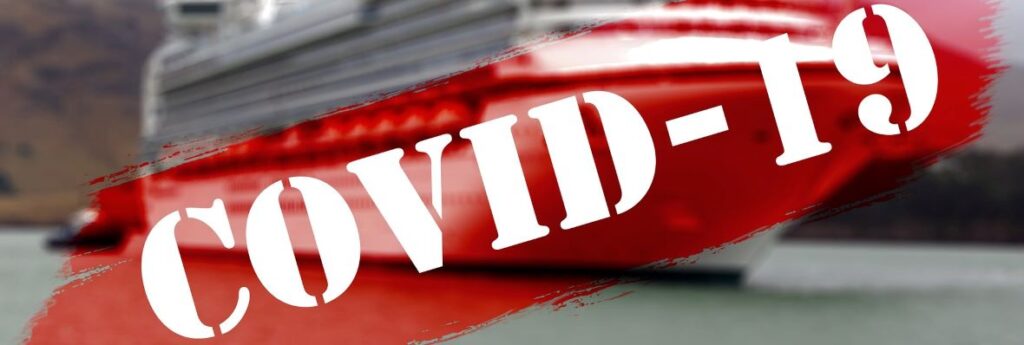The 100 percent testing of all passengers and crew for COVID-19 highlights the core principles of a series of new safety procedures adopted by the world’s major cruise lines this week in preparation for when they begin sailing again in the Americas. Those who fail to pass the test will be denied boarding.
The Cruise Lines International Association (CLIA), which represents 95% of global ocean-going cruise capacity, says its members will also require passengers and crew to wear masks while onboard whenever physical distancing can’t be maintained.
The adoption of the mandatory core elements of the procedures, which will be implemented as part of a phased-in, highly controlled resumption of operations, comes at the same time as the latest recommendations from a Heathy Sailing Panel assembled by Royal Caribbean and Norwegian Cruise Line were submitted to the US Centers for Disease Control and Prevention (CDC).
Presently, there is no established fixed date for a resumption of cruising: The CDC currently has a no-sail order in US waters in effect until Sept. 30, though the order has already been extended twice, while CLIA cruises lines have voluntary suspended cruises until at least Oct. 31, with many having already declared that they will not sail until even later.
Highlights of the core elements of CLIA’s safety plan include:
• Testing: 100% testing of passengers and crew for COVID-19 prior to embarkation.
• Mask-Wearing: Mandatory wearing of masks by all passengers and crew onboard and during excursions whenever physical distancing cannot be maintained.
• Distancing: Physical distancing in terminals, onboard ships, on private islands and during shore excursions.
• Ventilation: Air management and ventilation strategies to increase fresh air onboard and, where feasible, using enhanced filters and other technologies to mitigate risk.
• Medical Capability: Risk based response plans tailored for each ship to manage medical needs, dedicated cabin capacity allocated for isolation and other operational measures, and advance arrangements with private providers for shoreside quarantine, medical facilities, and transportation.
• Shore Excursions: Only permit shore excursions according to the cruise operators’ prescribed protocols, with strict adherence required of all passengers and denial of re-boarding for any passengers that do not comply.
CLIA notes that additional measures may be adopted by individual cruise lines, but that its core principles require written verification of adoption by each company’s CEO.
The measures will be also be continuously evaluated and adjusted against the current state of the COVID-19 pandemic, as well as the availability of new prevention and mitigation measures, says CLIA.
Cruise company executives said the limited resumption of cruising in Europe and elsewhere over the last few weeks has convinced them that cruising can be done safely. Costa Cruises, which is owned by Carnival Corp., has two cruises of Italy this month. The ships aren’t at full capacity and only Italian passengers are on board.
The safety agreement is an unusual one in the fiercely competitive industry, which has been seriously shaken by the coronavirus.
“We all share the same goal, and we’re going to get there through collaboration, not competition,” said Richard Fain, Royal Caribbean Cruise’s chairman and CEO.
“Based on what we are seeing in Europe, and following months of collaboration with leading public health experts, scientists, and governments, we are confident that these measures will provide a pathway for the return of limited sailings from the US before the end of this year,” said CLIA president and CEO Kelly Craighead.
However, Arnold Donald, the president and CEO of Carnival Corp., cautioned that once the CDC lifts its no-sail order, it will probably take cruise lines at least a month to prepare their ships and train crew before they can sail.

